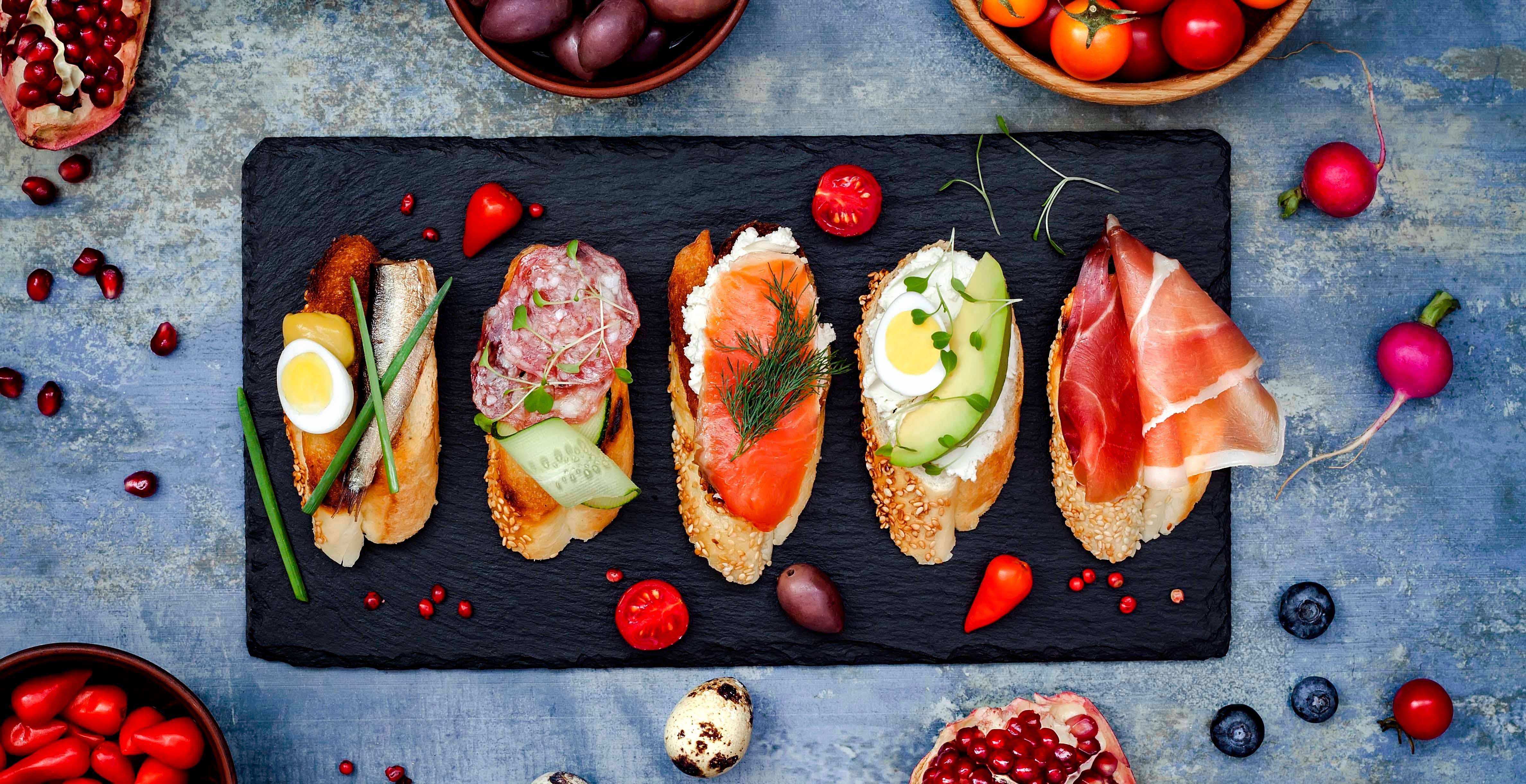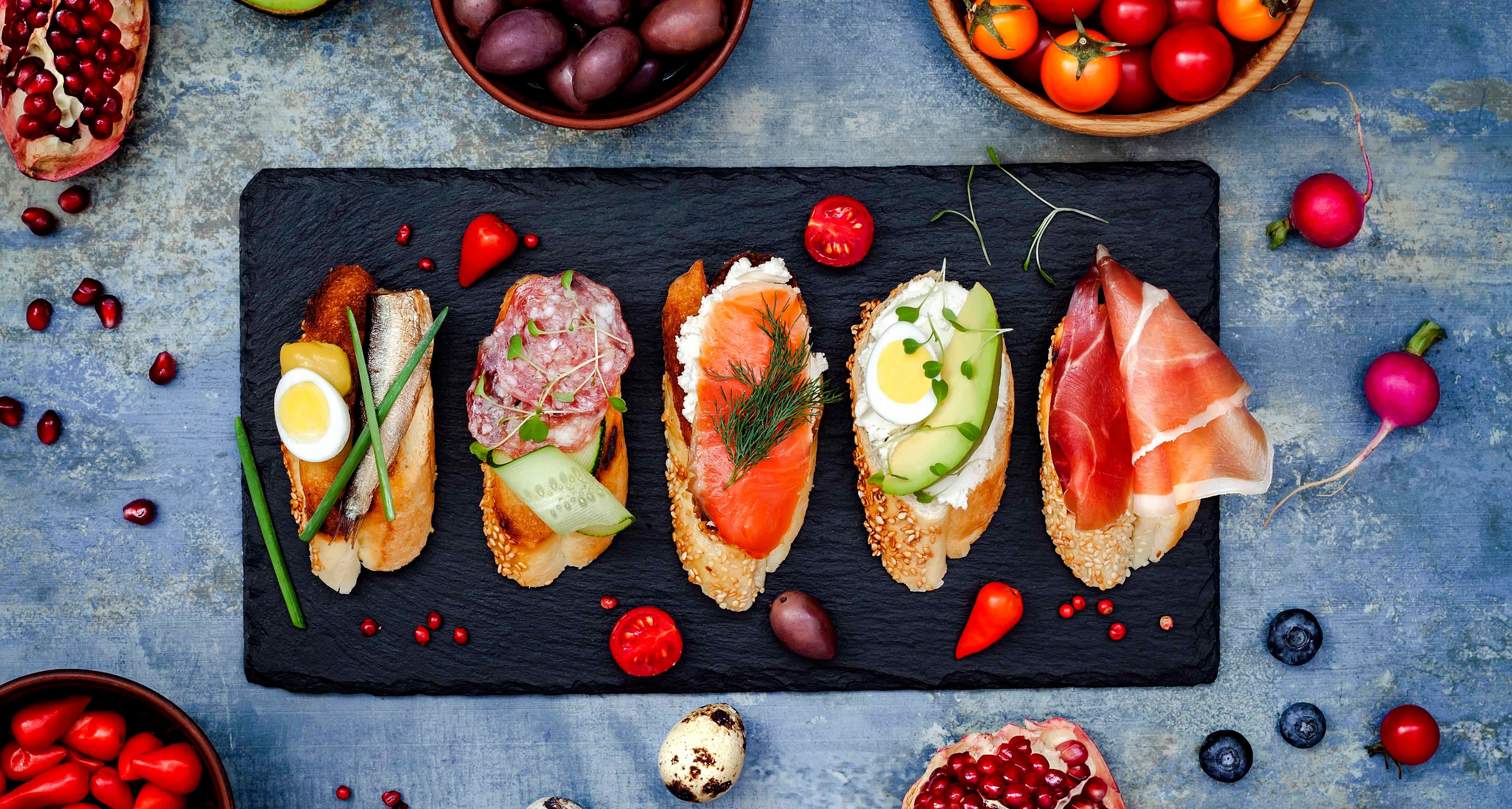

Whether you’re an adventurous eater or not, it’s easy to fall into an unintentional food rut. Perhaps you had a negative childhood experience with a certain food or maybe you’ve simply given up on an ingredient after a single unpleasant taste, either way it’s definitely true that old food habits die hard. The good news? Becoming a more adventurous eater doesn’t have to be a stressful experience and, in fact, it can be a fun way to reopen doors to certain foods you might have previously thought could never be enjoyed. It’s time to rethink your palate and get excited about the wide world of food again!
If at first you don’t succeed, repeat!
If possible, resist the urge to form an opinion about certain foods immediately after trying them for the first time. Studies have shown that children who are picky eaters have the potential to become more adventurous with their food choices if they are repeatedly exposed to new tastes over time. Repetitive taste exposure also works for adults, so give new ingredients at least two chances before making up your mind. It’s also important to create a pressure-free environment for yourself when trying new foods more than once, this way you’re more likely to associate that particular taste with a pleasant eating experience.
Teach yourself some new prep tricks
Brussels sprouts are a perfect example of a food people dislike because of bad childhood experiences with overcooked sprouts. When prepared badly Brussels sprouts are mushy and have an overly sulfurous smell, it’s no wonder this cruciferous vegetable is reviled by so many people! Reintroduce problematic foods into your diet by learning how to prepare them in different ways and you might find yourself falling in love with them for the first time. For example, Brussels sprouts can be roasted in the oven or sautéed in a skillet in a small amount of olive oil so that the leaves begin to caramelize at which point they’ll take on a nutty yet sweet taste. Raw Brussels sprouts can also be shredded and used in place of cabbage in salads or slaws, their delicate flavour makes a great base for vinaigrettes and creamy dressings.
Rethink unappealing textures
Texture is a huge component of how you experience food, something that may actually taste good can be problematic if it has an unappetizing mouthfeel. Vegetables can be especially trying for some people, with mushrooms, tomatoes, and cooked spinach or other greens leading the pack in terms of most disliked textures. Instead of writing these ingredients off (considering the fact that all of them are incredibly nutrient dense) try incorporating them into sauces, casseroles, mashes, and puréed soups. Mushrooms can be ground up in a food processor and added to meat sauces or used to replace some of the ground meat in a shepherd’s pie, spinach can also be used in a similar way (use fresh or frozen spinach and incorporate into sauces with an immersion blender). Puréed tomatoes can be used as the base for soup and chili, make your own with fresh in-season tomatoes or buy them canned.
Find ways to incorporate new foods into your diet
When venturing beyond the comfort of your normal eating habits try to give unfamiliar food a chance whenever and wherever possible. This could be as simple as picking out a new ingredient each week at the grocery store and incorporating it into your regular meal plan (the produce section and international aisle are especially good for trying out new foods). If you buy your lunch most days of the week but find yourself getting the same thing day in and day out, try something new at least one day of the week; this could mean a different salad or sandwich or a brand-new cuisine from a local food truck.
